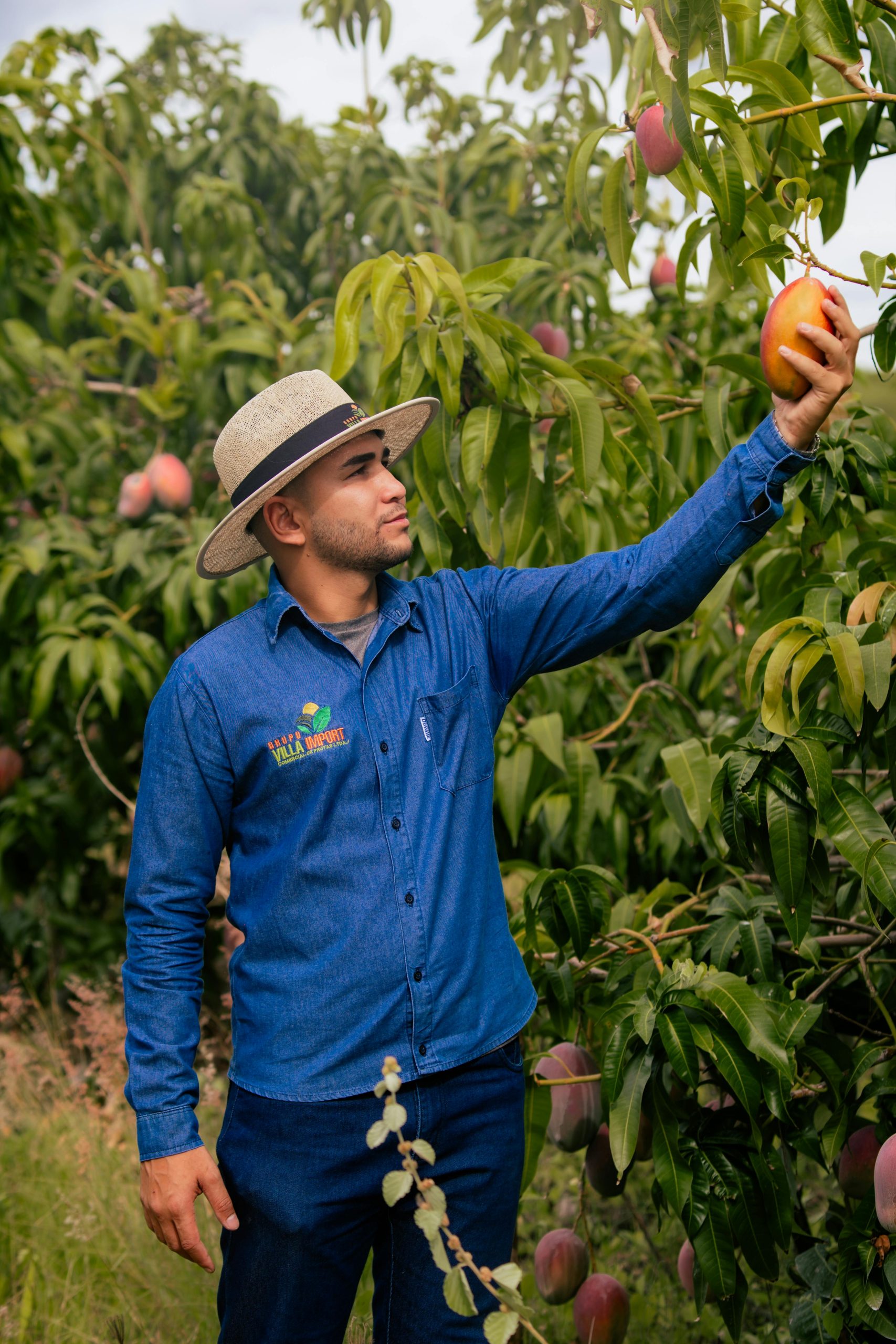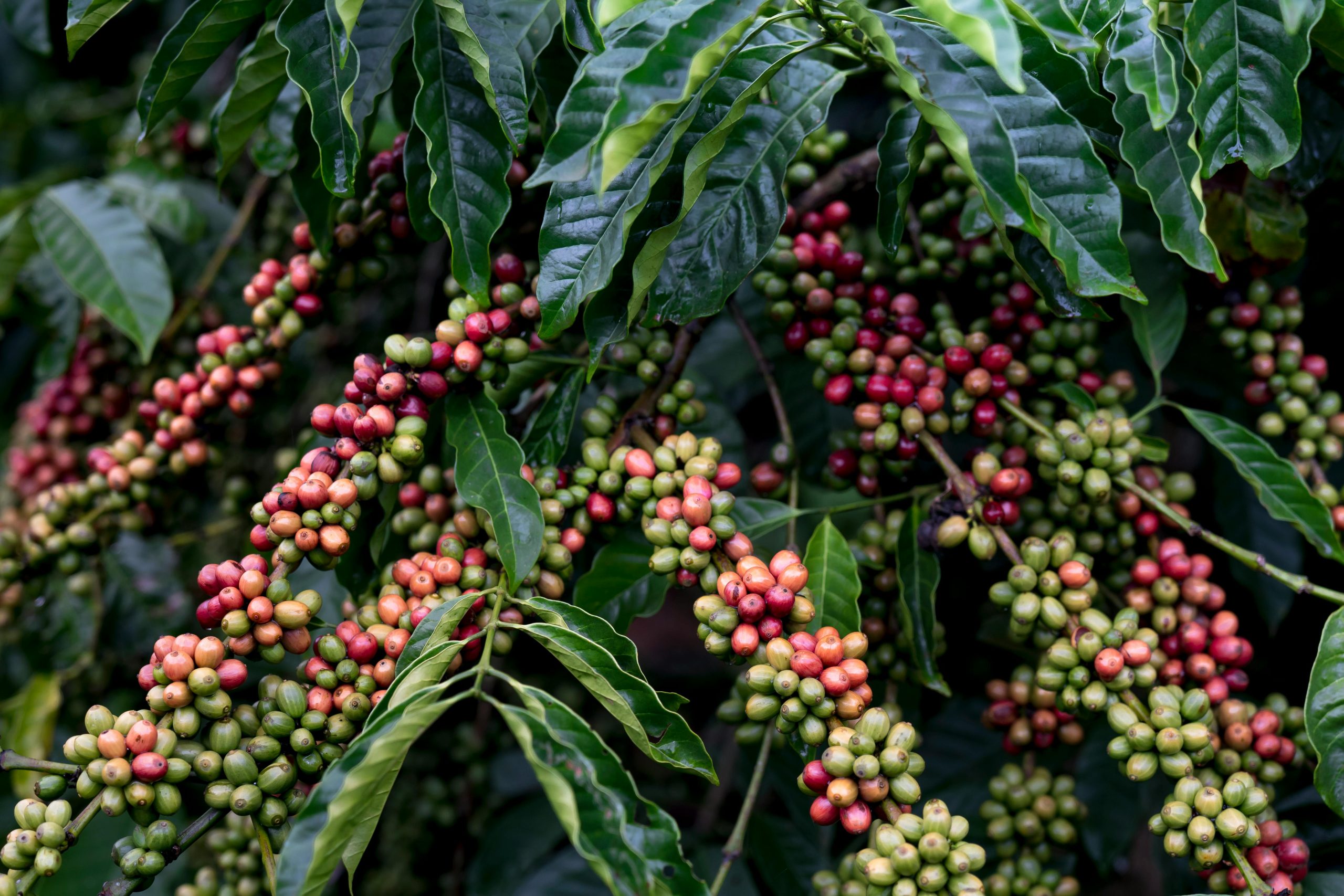
Introduction: The Desert’s Paradox.
Egypt is about 90% desert, a land known more for scorching heat and shifting sands than lush fruit orchards. Yet, despite the odds, the country has become a global leader in mango farming, with a market worth over $35 million annually.
That raises a curious question: How can a desert nation produce such sweet, juicy mangoes at scale?
The answer lies in a story of ingenuity, innovation, and resilience. At the heart of it is an Israeli engineer named Simcha Blass and his groundbreaking invention, Drip Irrigation. This simple yet revolutionary technology didn’t just change farming in Egypt; it transformed agriculture across the globe.
This article dives into the miracle of Egypt’s mango industry, the science of drip irrigation, and how this innovation is reshaping food production in arid lands worldwide.

The Desert’s Sweet Surprise: Egypt’s Mango Industry.
If you picture mango orchards, your mind probably goes to India, East Africa, or the Philippines, not Egypt. And yet, Egypt has emerged as one of the top mango exporters in the world, shipping tons of fruit to Europe and the Middle East.
According to industry reports, the Egyptian mango market exceeds $35 million annually, creating jobs, generating export revenue, and putting Egypt on the map of tropical fruit producers.
But it hasn’t always been easy. Traditional farming methods like flood irrigation proved unsustainable in Egypt’s arid climate, where water is scarce and soils are prone to salinity buildup. Farmers needed a smarter way to grow crops in the desert.
Interactive Poll: Did you know Egypt was a major mango exporter?
- No way! That’s incredible.
- I had no idea.
- The Game Changer: The Story of Drip Irrigation
The breakthrough came from an unlikely source. Simcha Blass, an Israeli engineer, stumbled upon a surprising discovery in the 1930s. While walking through a village, he noticed a tree growing much larger than its neighbors. The secret? A leaky water pipe nearby was slowly dripping water onto its roots. That observation led to one of the greatest agricultural innovations of the 20th century: drip irrigation.
How It Works.
Instead of flooding fields or spraying water over crops, drip irrigation delivers tiny amounts of water directly to the plant’s root zone. It’s like an IV drip for plants, giving them exactly what they need, drop by drop, without waste.
This method not only conserves water but also ensures that fertilizers and nutrients are delivered precisely, promoting healthier plants and higher yields.
Quick Quiz: What’s the main benefit of drip irrigation?
- It makes plants grow faster
- It saves water
- It’s good for the soil
- It’s cheap
If you guessed B, you’re right! In arid regions like Egypt, water efficiency isn’t just important; it’s essential.
Drip Irrigation in Action: Transforming the Egyptian Landscape. In Egypt, drip irrigation became a lifeline for mango farmers.
Before Drip Irrigation
Flood irrigation wasted enormous amounts of water.
Soil salinity increased as water evaporated, leaving harmful salts behind.
Yields were inconsistent and unsustainable.
https://www.hydropointlimited.com/drip-irrigation-uganda.html: HOW ARE MANGOES THRIVING IN EGYPT’S DESERT? THE SURPRISING SECRET BEHIND A $35M INDUSTRY.After Drip Irrigation
Water Efficiency: Farmers reduced water consumption by up to 70%.
Nutrient Control: Fertilizer is delivered directly to roots, boosting mango quality.
Reduced Salinity: Controlled irrigation prevents salt buildup, protecting soil health.
The results were dramatic. Once-barren desert landscapes began producing lush mango orchards, supplying both domestic and international markets.
This shift wasn’t just about farming; it was about economic resilience. Farmers who once struggled with water shortages could now sustain their livelihoods and meet growing demand for mango exports.

More Than Just Mangoes: The Global Impact
The power of drip irrigation extends far beyond Egypt’s mango orchards. It has become a cornerstone of modern sustainable agriculture, especially in arid and semi-arid regions.
California, USA: Almond and grape growers rely heavily on drip irrigation to manage water shortages.
Australia: Farmers battling drought have adopted drip systems to sustain vineyards and orchards.
India: Smallholder farmers use drip irrigation to grow vegetables and fruits while conserving scarce water resources.
Globally, drip irrigation is helping to combat food insecurity, improve crop resilience, and reduce environmental pressure on freshwater supplies.
Discussion Starter: What other technologies do you think are key to sustainable agriculture? Share your thoughts in the comments!
Conclusion: A Lesson in Innovation and Resilience.
The story of Egypt’s mangoes is more than just an agricultural success; it’s a testament to human creativity and persistence.
With a simple, brilliant invention, Simcha Blass turned a desert’s biggest weakness—water scarcity- into a strength. Today, thanks to drip irrigation, Egypt has transformed its barren landscapes into thriving fruit orchards, proving that innovation can unlock possibilities even in the harshest environments.
As climate change intensifies and water becomes an increasingly precious resource, technologies like drip irrigation will be vital to ensuring global food security.
So the next time you enjoy a juicy mango, remember: it may have come from a desert, nurtured not by floods of water, but by careful, life-giving drops.
Final Question for You: What’s your favorite fact about mangoes or desert farming? Share your thoughts below, and don’t forget to spread the word about how innovation is changing the future of food


